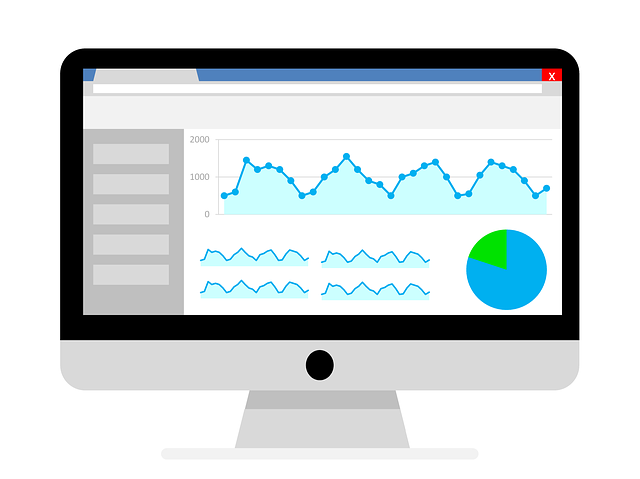
… and how to implement improvements.
As an eCommerce retailer, do you know what your customers are doing when they hit your site? Do you know where your site is losing visitors or understand at which point of the sales funnel prospects are arriving at your landing pages? If you answered no to any of these questions, it’s very likely that you need to take some time to understand your customer’s journey through your eCommerce site.
While this may sound like a daunting prospect, it can be approached in a methodical manner and made easier with the use of tools such as Google Analytics. The time and effort invested in this process can also unlock a host of benefits – most notable of which is the prospect for driving up conversions by reducing friction and plugging funnel leaks.
What is your customer looking for?
If you’re able to understand what your customer is looking for at each stage of their visit to your site, you’ll be better able to deliver the relevant information. Are they searching for a product? Looking to compare prices? Do they need help making a decision or are they researching for a future purpose?
Your funnel should filter in customers at each stages of this journey – being able to identify the stage the visitor is at means you’ll be better placed to provide the content they need to progress through the funnel and closer to purchase.
How can you make your customer’s journey easier?
If you have Google Analytics set up on site (and you should) you’ll have access to a wealth of data relating to customer behaviour. Load up the Behaviour Flow report under the Behaviour tab. This shows visitor progress through your site, from the pages they enter, they path they take, where they backtrack and where they exit. You can use this to determine what keeps users engaged and where potential problems exist.
A heat map is also useful here – it will show where the majority of interest is concentrated on a page. If this shows an intensity of action towards the bottom of the page, simply moving that element to the top could smooth your visitor path through the site.
Tracking and monitoring visitor behaviour
Keeping an eye on new versus returning visitors is a useful exercise but, you should also couple this with the source of those visits. What type of device of visitors using to access your site? Knowing this, in conjunction with the other points mentioned above, can help you adapt your offering to better suit your visitor behaviour. If you have a large proportion of visitors logging on from a mobile device for example, you can focus your efforts on creating a site optimised for mobile conversions with features that make the customer journey easier on a smartphone (such as quicker page load speeds, larger buttons, click to call, shorter forms and mobile payment options).
Knowing how your visitors behave means you can adapt your site accordingly, making it much more likely you’ll retain those customers and cluck up more conversions.

